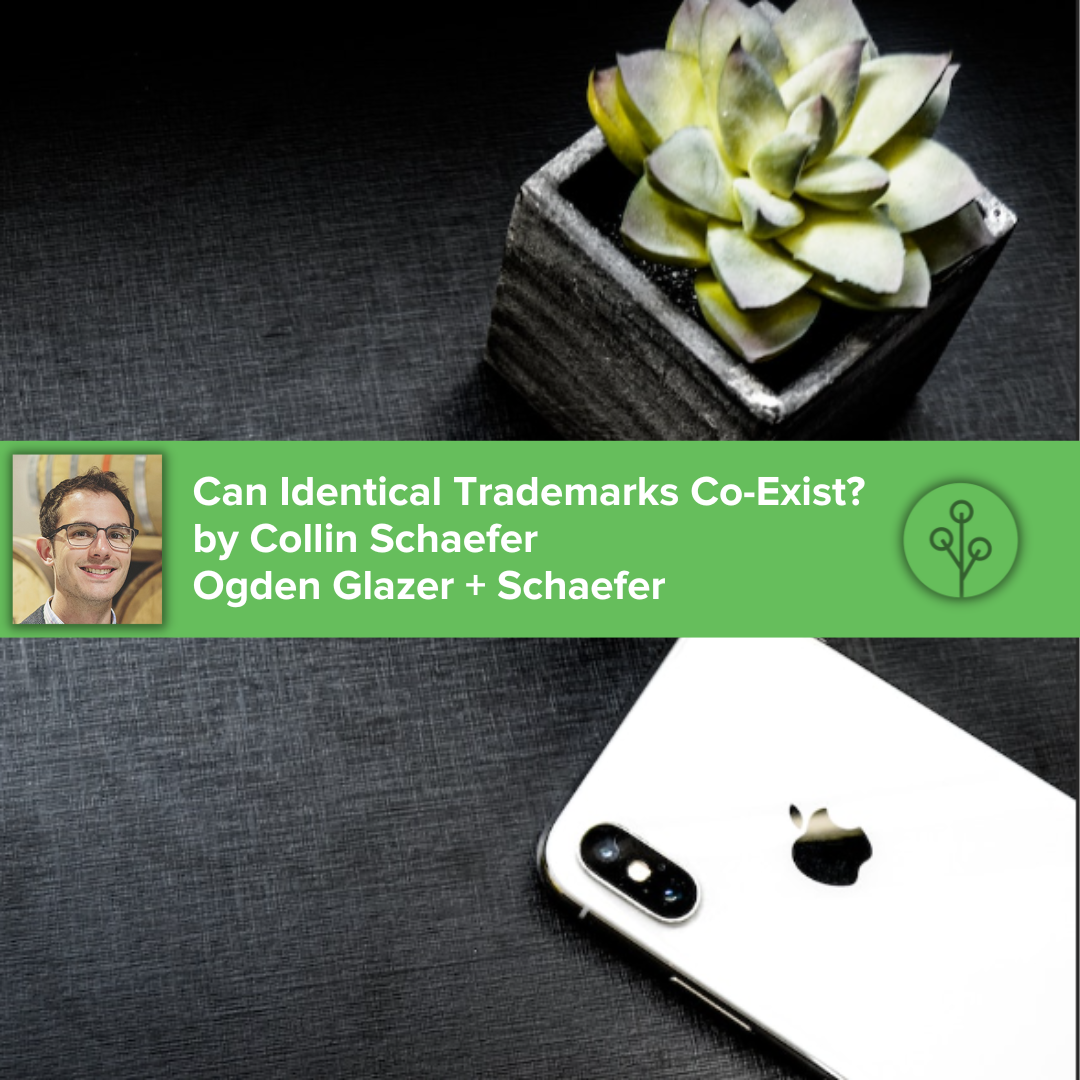What happens when two trademarks have the same spelling? Can they coexist? The answer is yes, but with some caveats.
The Trademark Act provides for a system of trademark classes to categorize goods and services. Classes 1-34 cover goods, while classes 35-45 cover services. The use of the same trademark is permissible across different classes, as long as there is no likelihood of confusion among consumers. For example, “Delta” can be used by both Delta Airlines and Delta Faucets because they apply to different classes of goods and services. (If you’ve ever talked to me about trademarks, you already know the “Delta” example is my favorite. I just discovered that IFLY is both a SAAS software, a luggage manufacturer, and an indoor skydiving facility, so I’ll be updating my examples soon!)
However, the coexistence of identical trademarks becomes more complicated when they are well-known across multiple classes of goods or services. In such cases, even if the trademarks apply to different classes, there may still be a likelihood of confusion among consumers. The level of confusion is higher for well-known trademarks, which have gained significant brand recognition. For example, the “Apple” brand is associated with smartphones, laptops, and tablets. Still, if another company were to register the trademark “Apple” for a line of cosmetics, which falls under class 3, it could be considered likely to cause confusion.
The owner of a well-known trademark can take legal action against an infringing company if they believe the use of the trademark dilutes the brand’s identity and reputation. The legal doctrine of “famous marks” provides additional protection to well-known trademarks, even in cases where the goods or services are not directly related.
In summary, identical trademarks can coexist peacefully if they apply to different classes of goods or services. However, companies must exercise caution when using a well-known trademark, even in a different class of goods or services, as they may still face legal action.

